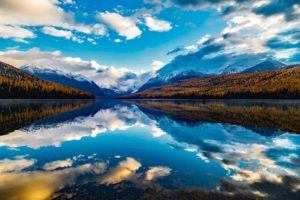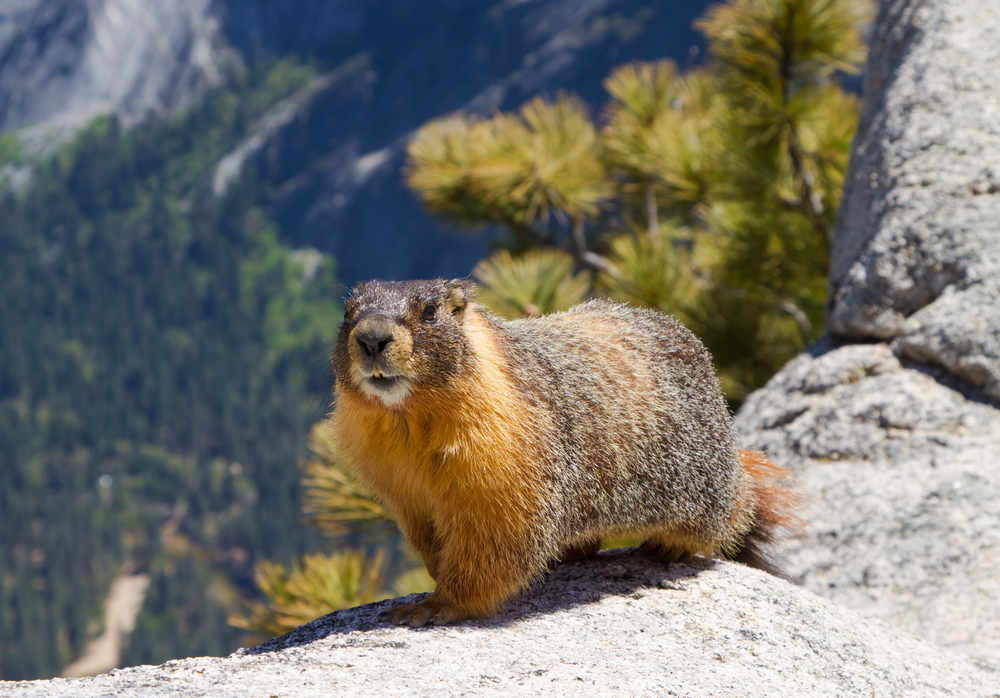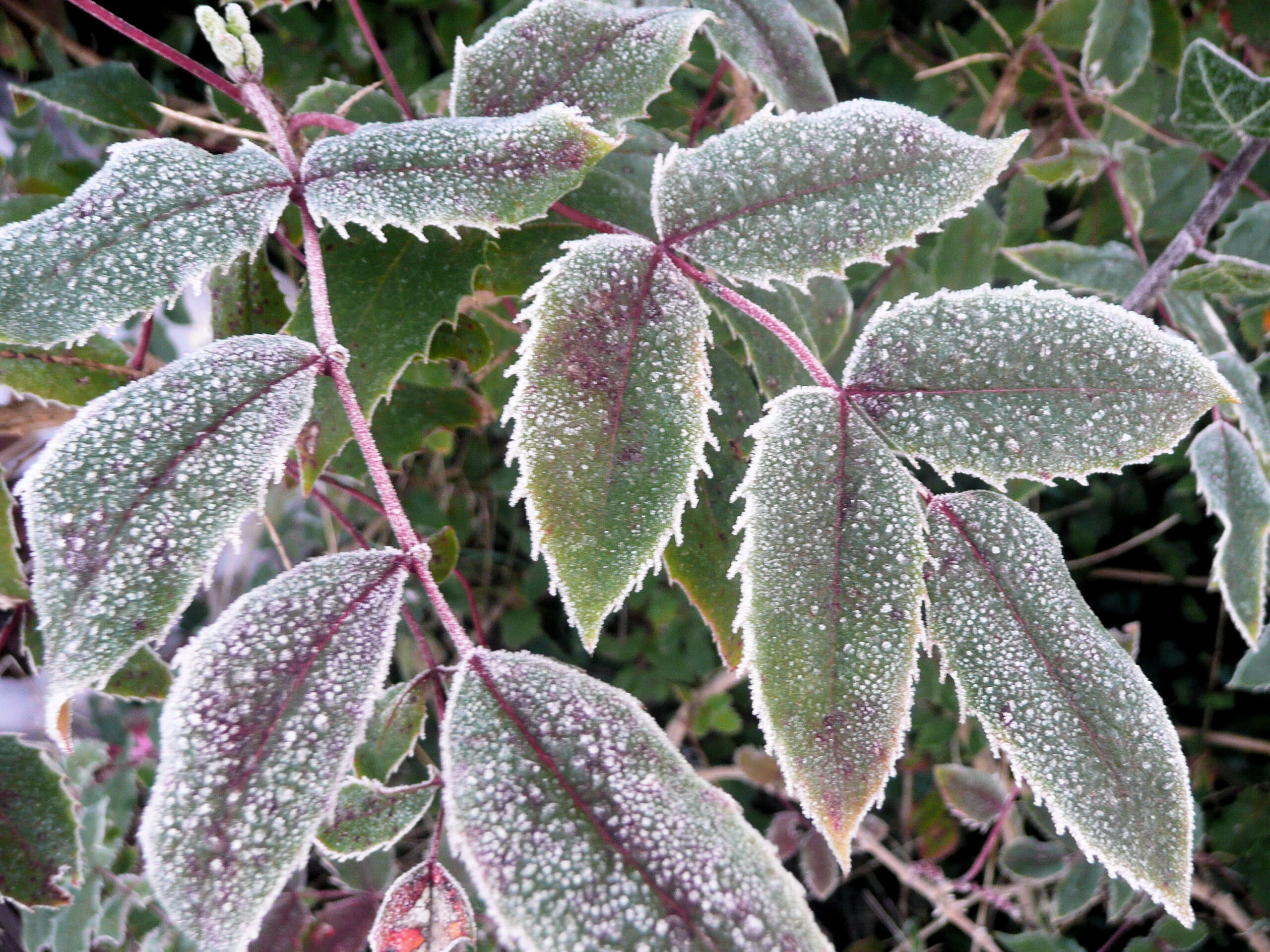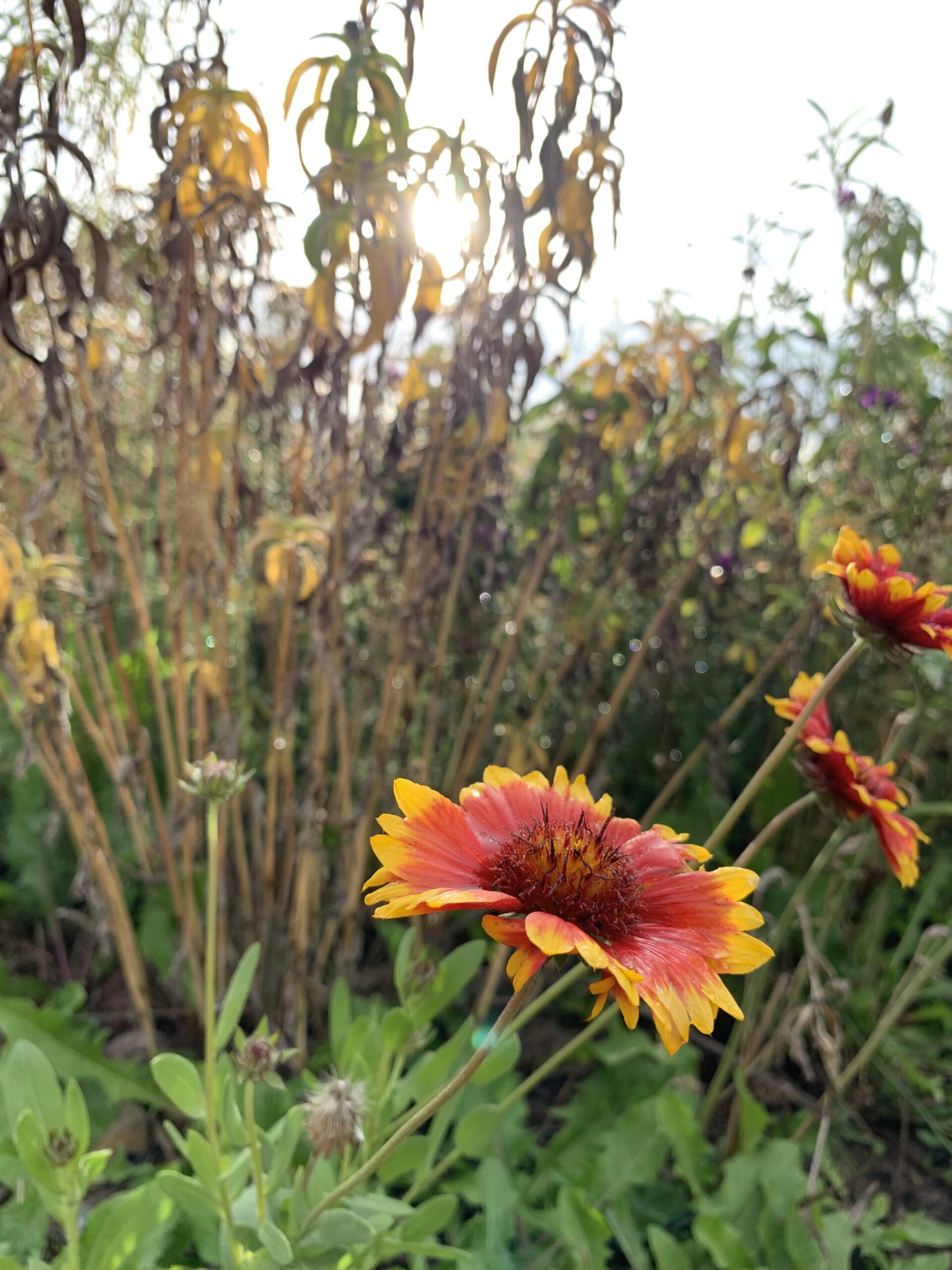By Jessie Walthers, Conservation Program Manager Groundhog Day. Who doesn’t love this most random of…
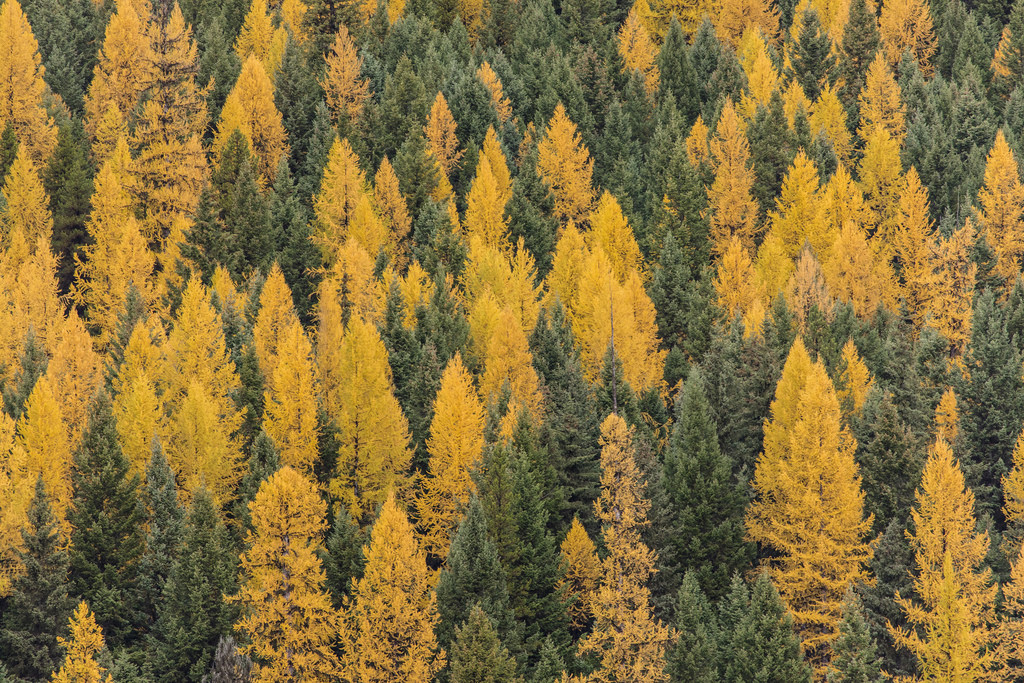
Why Do Larch Needles Turn Yellow and Fall Off?
Larch trees, also known as tamarack, are not true evergreen trees like pine and fir trees. They are deciduous, meaning in the fall as temperatures change and light decreases, they sequester nutrients from their needles (mostly nitrogen) for storage. As part of this process, the needles turn yellow then drop off. This adaptation of storing nutrients and dropping their needles make larch trees well suited for our tough climate. For example, larch trees are less likely to lose branches from heavy snow loads, compared to evergreen trees that retain their needles. The ability to produce new needles every year also makes larch more resilient to insect and fire damage.
Larch trees are hardy and generally need little maintenance for good growth. But, if you have larch trees on your property, or are considering planting them, here a few easy tips for fall and winter care:
- Young larch trees, generally less than four years old, can be susceptible to frost damage during extreme cold. You can protect them by wrapping them with a breathable fabric such as burlap.
- Larch trees are generally self-pruning, but if you need to prune them, wait until early spring.
- If you’re considering planting larch trees next year, pick a location that has full-sun. Larch are intolerant to shade and will do poorly if crowded by other trees and tall plants.
- Larch trees are also very intolerant of herbicides and can easily be damaged by application of common herbicides in lawns. Even in late fall and early spring, use herbicides near larch with caution.
If you’d like to plant larch trees on your property, check out our conservation seedling program. We’ve partnered with the MT DNRC seedling nursery to provide Flathead residents with locally adapted, high-value seedlings for conservation uses. To learn more or to apply for the seedling program, click here.
More information about the biology and management of larch can be found here.
